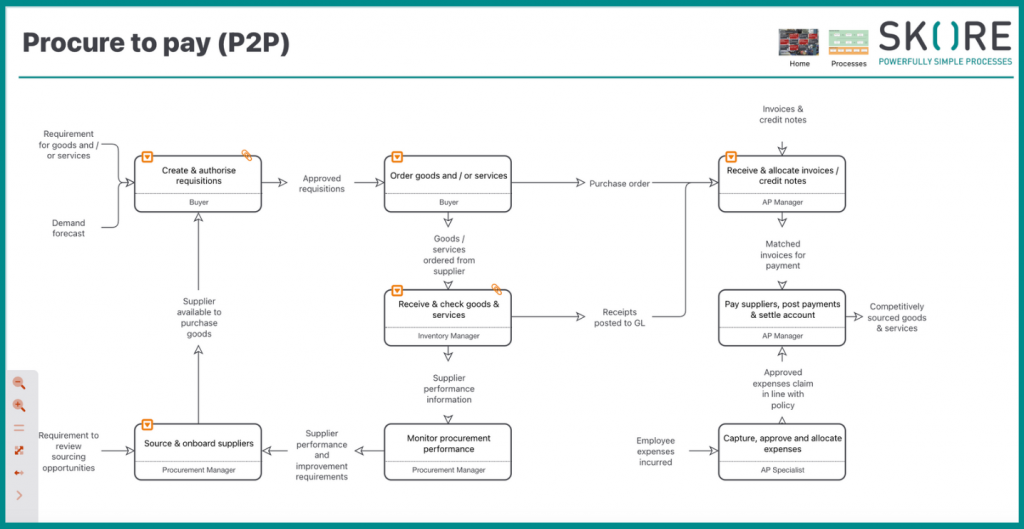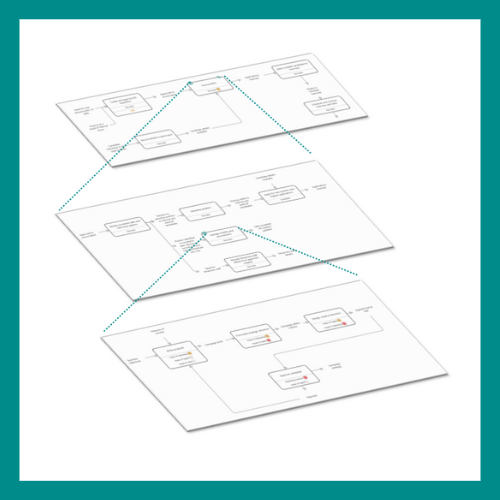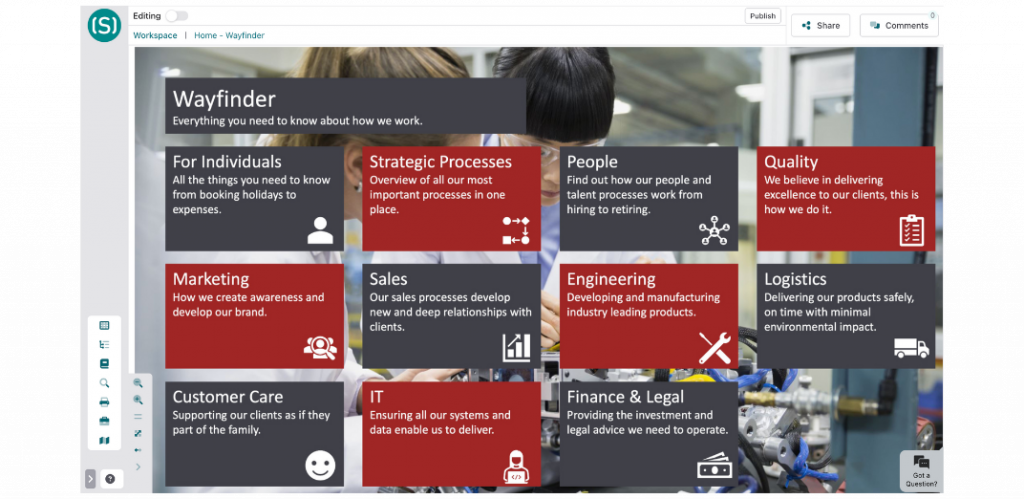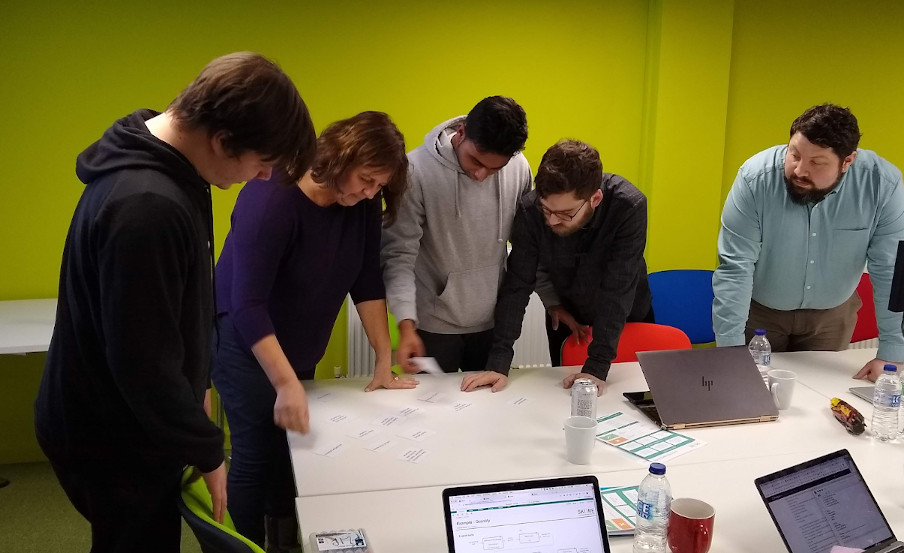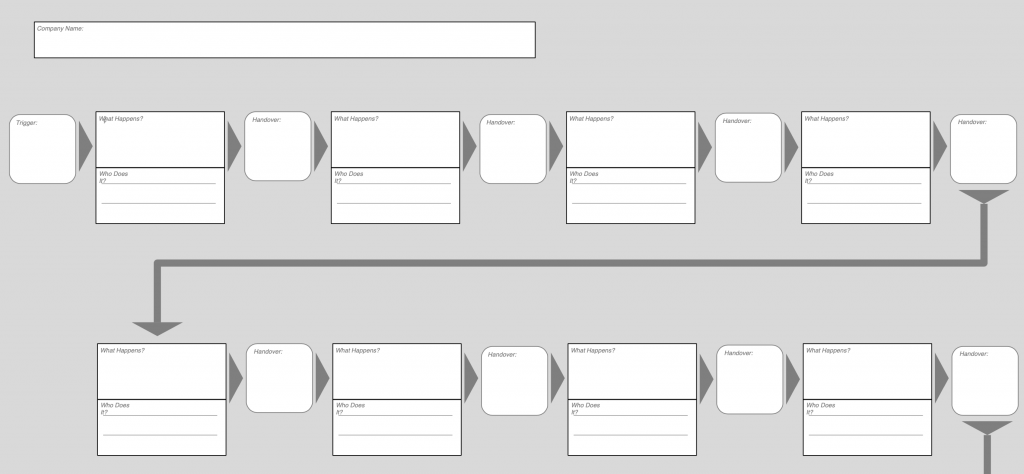Why BPMN May Not Work For Your Process Mapping Needs
Using BPMN or considering using BPMN for process mapping but not sold yet?
We understand.
Business Process Modelling Notation is a fantastic tool for process maps, but it does have its downsides.
In this article, we’ll go over three main reasons why it may not work for your particular needs.
Let’s get started.
Need To Be an Expert
The first problem with BPMN is that you need to be an expert.
To make it, to update it, to understand it – any map with BPMN requires an expert’s touch and knowledge to do anything with it.
What do we mean by an expert? Well, there’s a PDF of 538 pages and certifications by an over-arching entity involved.
While BPMN was initially created to provide business analysts and businesses help and focus when mapping processes, this ultimately becomes a problem when you need all employees and stakeholders to be able to understand it as well.
The creators of BPMN understood that flowcharts or swim lane diagrams were not enough on their own to avoid confusion. BPMN was created to have specific notation for specific meaning within similar diagrams and charts, getting rid of any possible miscommunication.
But some might say it has gone a bit too far the other way and ended up becoming overly complex.
Because at the end of the day, a process map or chart needs to be simply and easily understood by all levels of an organisation. It’s only with an easily understood process map that employees can contribute and understand their contribution to the company as a whole. When they understand it, they can help you spot flaws or areas for improvement and even suggest fixes themselves.
But, if the process map requires a lot of additional knowledge to be understood, not only will they be unable to follow along, they may be unable to then impart this knowledge to new workers, leading processes to actually change without you knowing.
Making it too complicated for everyone involved will only overcomplicate things. Which leads us to our next point.
BPMN Workshops Take Too Long
Because BPMN is such a complex notation, workshops and the follow ups take quite a long time.
You need to make sure everyone understands your map, then have everyone agree to demonstrate the process in a particular way, and then replicate this over and over each time. It is impossible to “map at the speed of conversation”, something you can do with a tool such as Skore which is based on Universal Process Notation instead.
In a BPMN workshop, you need to constantly take notes, then go back and input the changes into a process after a workshop. You have to remember and replicate the context of conversations for this to be achieved. Naturally, things will be missed.
After all, while BPMN was created to be as specific as possible and provide anyone mapping processes with many options, it results in a risk of interpretational differences if someone is not a BPMN expert. The different shapes and their meanings actually end up resulting in less standardisation instead, as processes affect every member of a company, and different team members may understand them differently if they don’t have the tools or prior knowledge.
Plus, BPMN working in this way means it is impossible to get a sign-off from a stakeholder during a workshop. Everyone needs to go back and digest what was discussed, and then be sent the new process. You’ll find yourself chasing after stakeholders and relevant Subject Matter Experts (SMEs) for weeks to come to an agreement, and may in fact find yourself being sent back to the drawing board instead.
This means you are missing out on precious time to make the necessary changes to your processes, and thus losing out on all the improvements that those changes would bring about. Companies that use BPMN may thus find their success to be slower than competitors who do not, and who are able to adapt faster and make the necessary changes quickly.
Cannot Include All Eventualities and Necessary Data
Finally, for all the complexity of BPMN, these maps cannot include or account for all eventualities and the necessary data. And if someone does try to include it, they results in incredibly large maps with too much real estate that are too complicated to read.
At Skore, we value simplicity in our process maps.
The cleaner and more straightforward a process map can be, the easier it is to read and follow along for all employees.
Our process maps offer the possibility of attaching relevant information and documentation, in the form of an external link library or attachments for certain tasks. Additionally, our tools makes it possible for team members to leave comments or suggestions.
Unlike BPMN which can be daunting and not understandable if you do not have any prior knowledge, UPN makes it easy for anyone to see a process map and understand how it works. Thus, employees from any section of your organisation can contribute to their improvement, encouraging collaboration and engagement.
This is because UPN has few notations, and they are very direct. Skore focuses on answering simple process questions, mostly What? (the task) and Who? (done by a particular role).
You do not require additional certification or knowledge of many different symbols to easily understand a process map on Skore. And should you need further clarification or documentation to complete a task, it is possible to simply attach it.
You can even create a sub-process that results in that particular task but would be overcomplicated to show on the other process map. Instead, you can drill down into the sub-process that results in a particular task, and then return to the original process.
Trying to show that with BPMN would lead to a very complicated corner of a process map that would be quite challenging to decipher.
By having all of this information on the map itself, it also becomes a lot easier to run a workshop for improvement. You do not need to fetch any additional information, as all the documentation is on the map itself, and you can ask pertinent questions or find the bottlenecks quite easily during the workshop itself. Your stakeholders will be able to see it clearly as well, without the need for additional explanations as is required with BPMN.
Skore can also be used asynchronously, leading the comments or suggestions which can be made prior to a workshop or in tandem with it, or even after during a monthly check-in to review processes. This means anyone involved in a process can access all the relevant information and help find an improvement spot at any time.
Not something you’ll be able to do with BPMN.
Conclusion
Process mapping has become overcomplicated over time, and we want to change that.
After all, process mapping is meant to lead to continuous improvement and process reviewing, allowing your company to grow steadily and successfully, constantly adjusting to changes as needed. If you take too long to make those changes, it can cost you dearly.
With the right tool, you should be able to make those adjustments at a good pace for them to make the correct impact on your strategy. This means involving all employees in process improvement, as they are the ones that typically run them and know what may be taking too long or what needs to change.
To do that, they need to be able to understand a process map well enough and understand their contribution to the overall process. If they can’t do that, then they can’t help you find problem spots and troubleshoot them. They may even begin to feel quite indifferent to their overall role for your company if it’s not clear to them what their impact is.
You run that risk if you use BPMN.
While it does help you be incredibly specific, it does alienate anyone who cannot understand it. This means employees and stakeholders will take time to understand, time that as a business you might want to use in other areas.
If you’d like to learn more about BPMN alternatives and why we use UPN, then get in touch.

